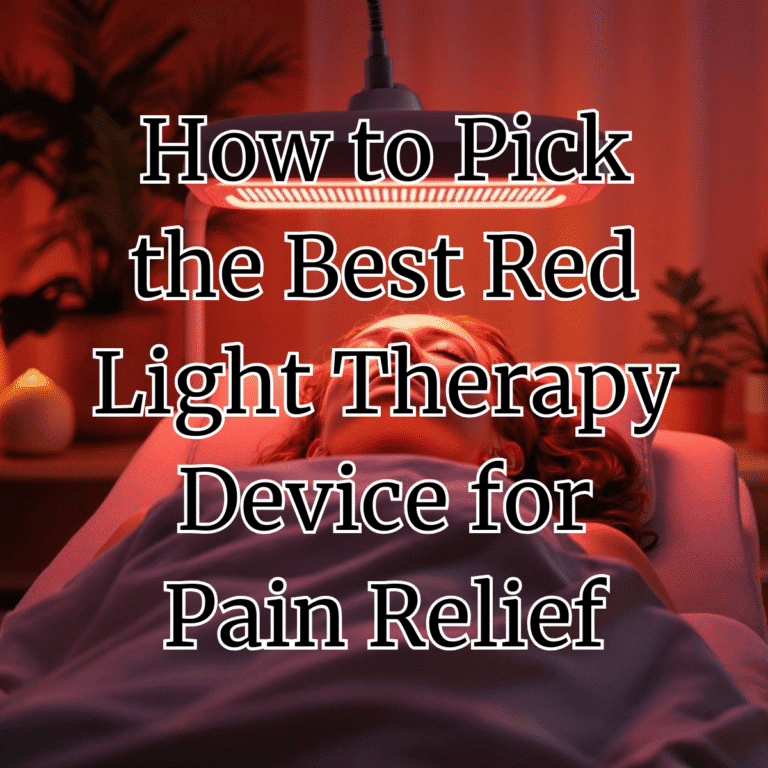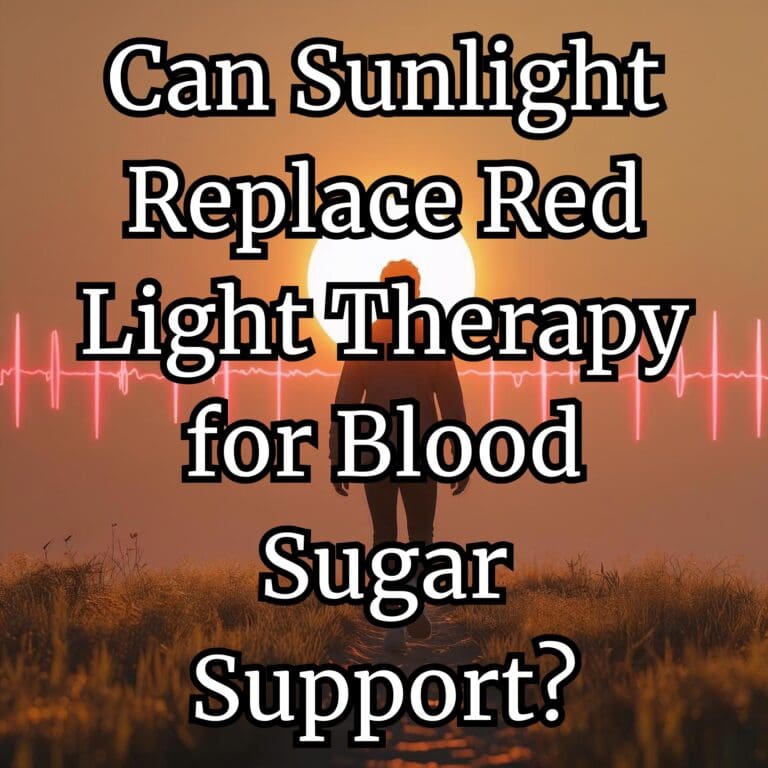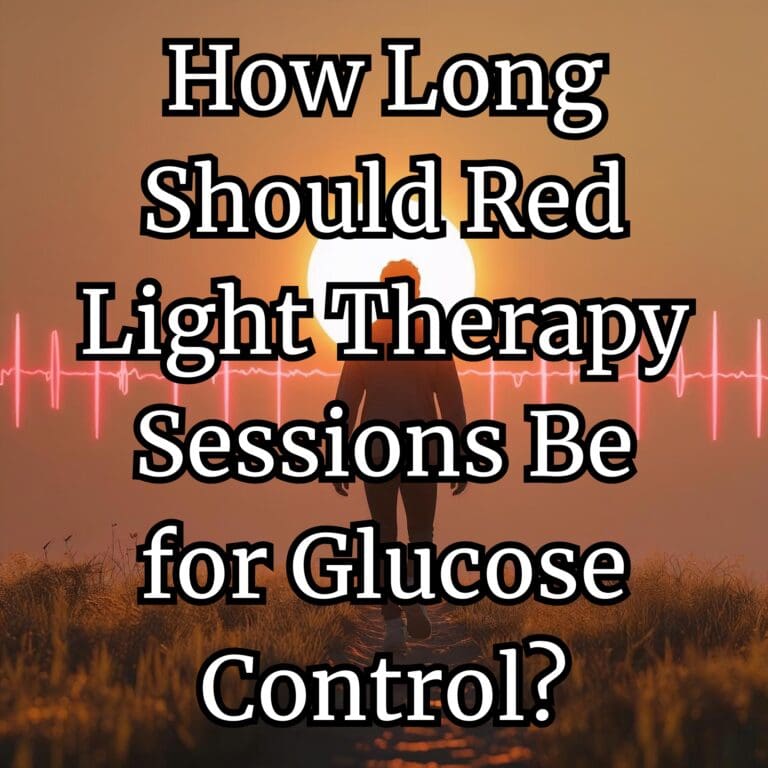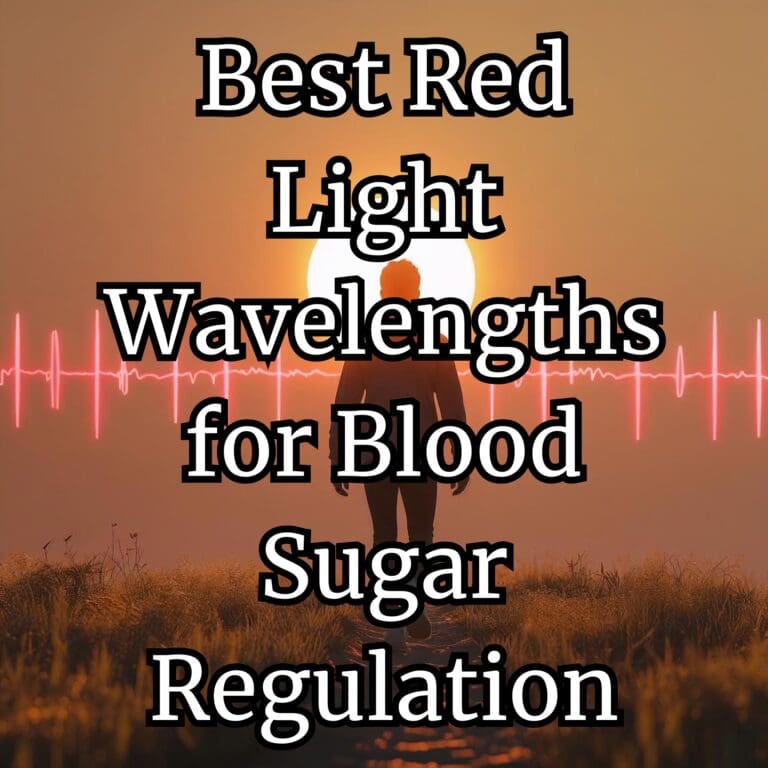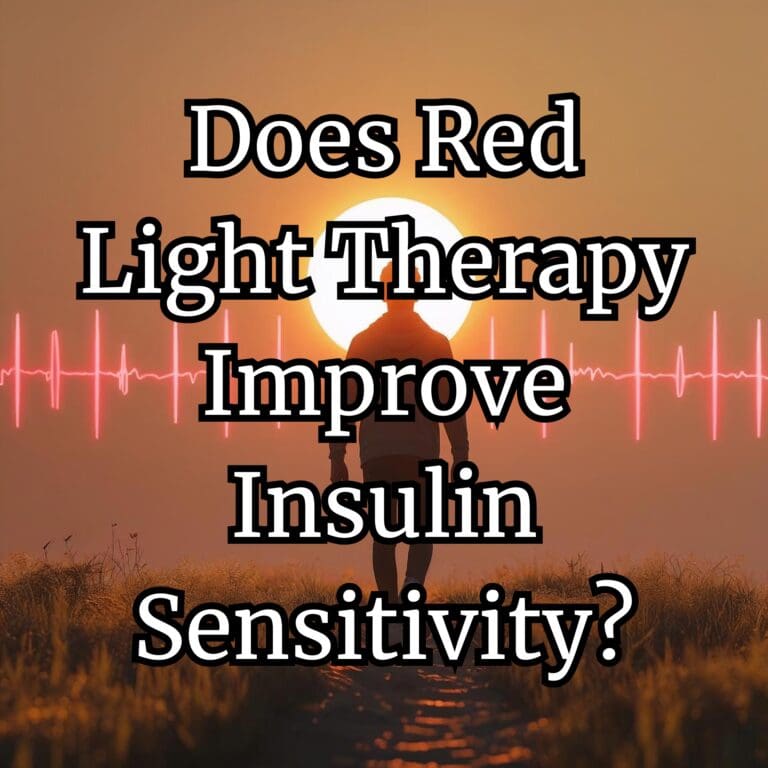What to Know Before You Buy
Red light therapy (RLT) has exploded in popularity as a natural, non-invasive way to support skin health, reduce pain, boost energy, and improve recovery. While it was once reserved for clinics and wellness centers, today red light therapy panels are available for convenient at-home use.
If you’re new to the concept and wondering how to choose the right device or use it effectively, this beginner’s guide will walk you through everything you need to know.
What Is a Red Light Therapy Panel?
A red light therapy panel is a flat or slightly curved device containing dozens or hundreds of LEDs that emit therapeutic red and near-infrared light. These panels are designed to bathe a large area of your body in healing light, typically for 5 to 20 minutes per session.
The two most important wavelengths emitted are:
- Red light (620–680nm): Targets the skin surface — great for collagen, anti-aging, and acne.
- Near-infrared light (800–850nm): Penetrates deeper — ideal for muscles, joints, and inflammation.
Most high-quality home panels include both.
Benefits of Using a Red Light Panel at Home
- ✅ Improves skin tone and elasticity
- ✅ Reduces fine lines, wrinkles, and acne
- ✅ Boosts collagen and elastin production
- ✅ Accelerates muscle recovery
- ✅ Relieves joint and back pain
- ✅ Enhances mood and circadian rhythm
- ✅ Supports mitochondrial energy production (ATP)
All without needles, heat, or downtime.
Key Features to Look For in a Home Panel
When buying your first red light therapy panel, here are the most important factors:
1. Wavelength Range
- Look for panels that emit both red (630–660nm) and NIR (810–850nm) light.
- Dual-spectral devices give the broadest benefits.
2. Power Output (Irradiance)
- Measured in mW/cm² — higher values deliver more light energy in less time.
- Look for panels with 60–100 mW/cm² at 6 inches.
3. Treatment Area
- Choose size based on your goals:
- Small panels: face, spot treatments
- Medium panels: upper body or targeted zones
- Full-size panels: full-body therapy
4. Pulse Modes or Flicker Control
- Some advanced devices offer pulsing light or zero flicker for enhanced safety and comfort.
5. Build Quality and Safety Certifications
- Ensure the panel is made with medical-grade LEDs
- Look for certifications like FDA Class II, RoHS, or CE marked
How to Use a Red Light Therapy Panel at Home
✅ Distance from Panel:
- 6–12 inches for most panels
✅ Session Duration:
- Start with 5–10 minutes per area
- Gradually increase to 15–20 minutes
✅ Frequency:
- 3–5 sessions per week for best results
✅ Preparation & Aftercare:
- Clean skin before use
- No makeup, sunscreen, or topical creams
- Hydrate your skin post-session
Common Mistakes to Avoid
- ❌ Using too far away from the panel (reduces effectiveness)
- ❌ Skipping sessions — consistency matters
- ❌ Expecting overnight results (most effects take 4–8 weeks)
- ❌ Not wearing eye protection for high-intensity devices
Recommended Entry-Level Panels
Here are three types of beginner-friendly panels to consider:
| Panel Type | Ideal Use | Price Range |
|---|---|---|
| Mini Panel | Face, acne, targeted spots | £100–£200 |
| Mid-Size Panel | Chest, back, joints | £250–£500 |
| Full-Body Panel | Wellness, recovery | £600+ |
🔗Get 15% off at RedLightRising with discount code REDLIGHTDISCO10
Frequently Asked Questions (FAQ)
References & Resources
- Avci P, Gupta A, Clark J, et al. Low-level laser (light) therapy in skin: stimulating, healing, restoring. PMC
- Hamblin MR, Demidova TN. Mechanisms of low level light therapy. PubMed
- Whelan HT et al. Effect of NASA light-emitting diode irradiation on wound healing. PubMed
- Joovv Learn Center. What’s the Difference Between Red and Near Infrared Light? joovv.com
- PlatinumLED Therapy Lights – Research Summary. platinumtherapylights.com
Final Thoughts
Getting started with red light therapy at home doesn’t have to be overwhelming. A quality panel gives you access to a science-backed tool that supports both beauty and health — with no drugs, no downtime, and no clinic bills.
Start with your goals, choose the right size and wavelengths, and stay consistent. Within a few weeks, you’ll likely notice improvements in how you look and feel.
📩 Have questions about choosing the right device? Contact us here — we’re happy to help.

